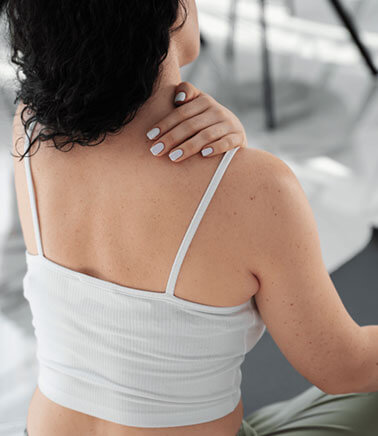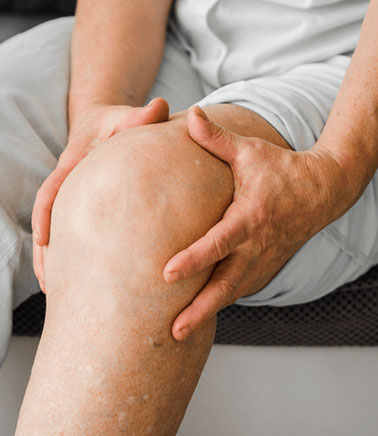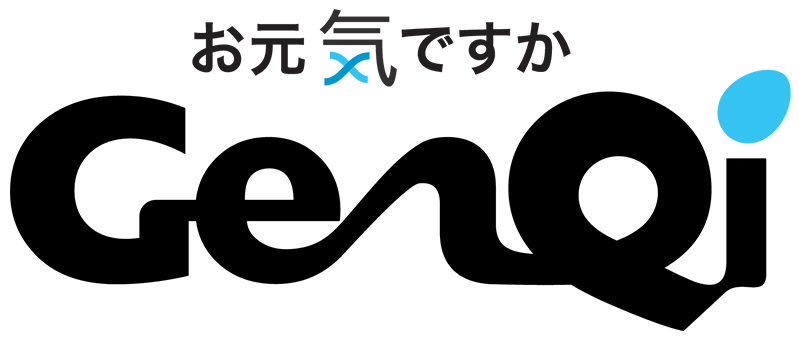
6 Major Symptoms of Meridian Blockages
In Traditional Chinese Medicine, it’s believed that if the meridians are unobstructed, there is no pain; but where there is pain, there is a blockage in the meridians. Check your body for the following six symptoms, and if any of them are present, it may indicate a meridian blockage!

1. Coldness
Coldness is the most common symptom of meridian blockage, especially when the hands and feet feel icy. This is due to the body’s temperature being regulated by Qi and blood circulation. The body temperature remains normal only when Qi and blood are sufficient. If there is coldness, it may indicate a blockage in the meridians.
Some individuals with meridian blockages may even experience a situation where one part of the body has a normal temperature while another part feels cold. If a certain area of the body feels cold, attempting to unblock the meridians may improve the symptoms of coldness.
2. Heat

3. Aches & Pains
Generally, we often use the terms “ache” and “pain” interchangeably, but there is a significant difference between them. A sudden and immediate sensation is referred to as an “ache,” while a sensation that arises upon pressing or touching is known as “pain.” Both aches and pains are related to meridian blockages, but there is some distinction in their severity. For example, if we are being pricked, the immediate sensation is called an “ache”; if we subsequently press or touch the injured area, the sensation at that point is known as “pain”.
If there is stagnation or blockage in the meridians, it can lead to a feeling of pain. As the saying goes, “if the meridians are unobstructed, there is no pain; but when there is pain, there is a meridian blockage”. From this, we can infer that aches are the initial manifestation of a meridian blockage, while pain indicates a further aggravation of the blockage. The principle is expressed in the saying, “初病在经;久病久痛在络” (“The early stage of illness starts in the meridians; while the prolonged stage of illness and pain is in the collaterals”).
4. Numbness & Tingling
Numbness and pain are similar and often occur together, but they have certain differences. For example, if we sit cross-legged for a long time, causing blockages in the meridians, Qi and blood circulation may cause us to feel numb. Adjusting our sitting posture appropriately to restore a smooth Qi and blood flow can relieve the numbness.
In Traditional Chinese Medicine, it is said that “麻为气虚,木为血虚” (“Numbness indicates Qi deficiency, tingling indicates blood deficiency”). While experiencing numbness in the limbs, it is advisable to pay attention and be alert, especially for individuals with hypertension. It is crucial to promptly unblock the meridians to prevent the occurrence of stroke-related conditions.


5. Soreness
Sometimes, people may experience muscle soreness and weakness after intense physical activity, as the body requires a substantial supply of Qi and blood that exceeds the normal supply limit during vigorous exercise, leading to inadequate Qi and blood delivery.
The body usually maintains a balance between consumption and replenishment, but intense exercise can disrupt this balance. We recommend holistic exercises for health as they are generally not overly strenuous. If there’s soreness at a specific part of the body, it is likely that the meridians aren’t flowing smoothly, resulting in a reduced supply of Qi and blood in that area.
6. Swelling and Distension
Sometimes, swelling is observed when the meridians are blocked. Swelling is typically caused by blood stasis, and promoting blood circulation and removing stasis is necessary to alleviate it. On top of that, there is another sensation known as distension, often caused by Qi stagnation. Distension usually results when Qi fails to circulate smoothly in the meridians. If a certain part of the body feels distended, the first step is to identify the tender points by performing massage along the meridians.
Meridian blockages can actually cause us various discomforts, and only unobstructed meridians can contribute to a healthier body. In daily life, it’s essential to cultivate good habits. One should engage in regular exercise and maintain a positive and relaxed mindset, because smooth Qi flow helps prevent the onset of many illnesses!

